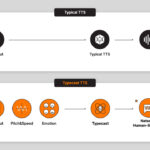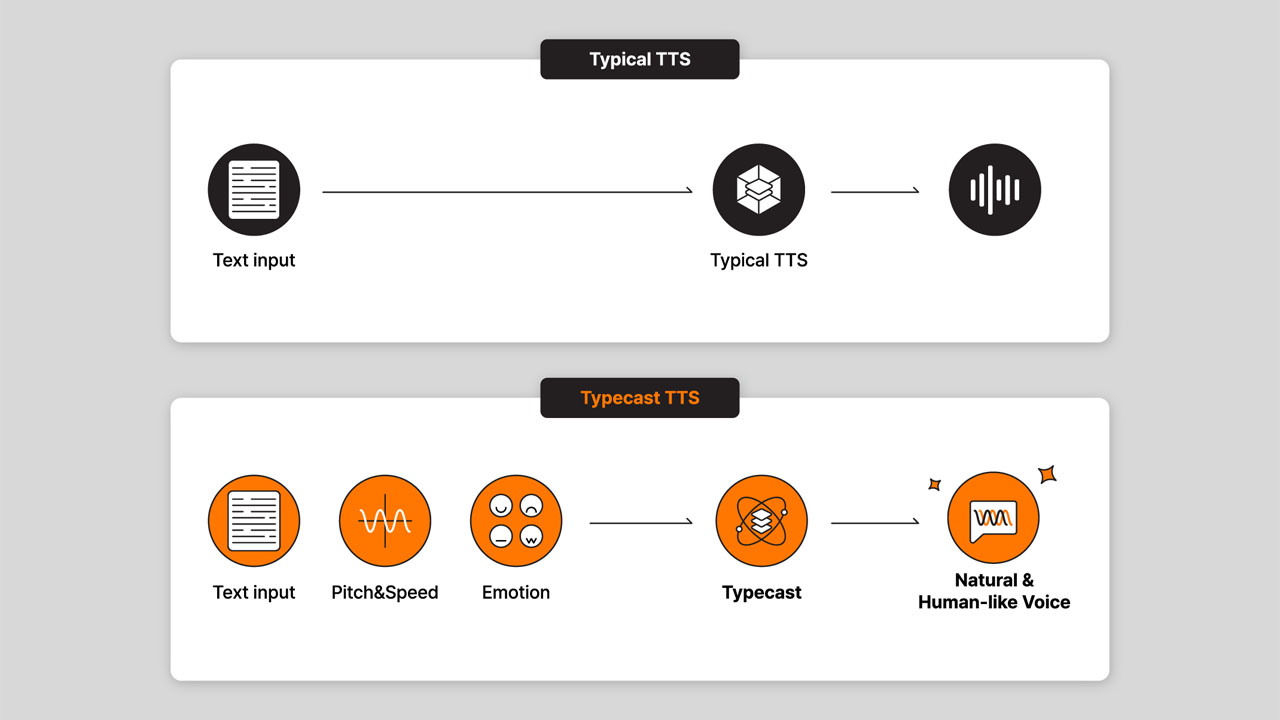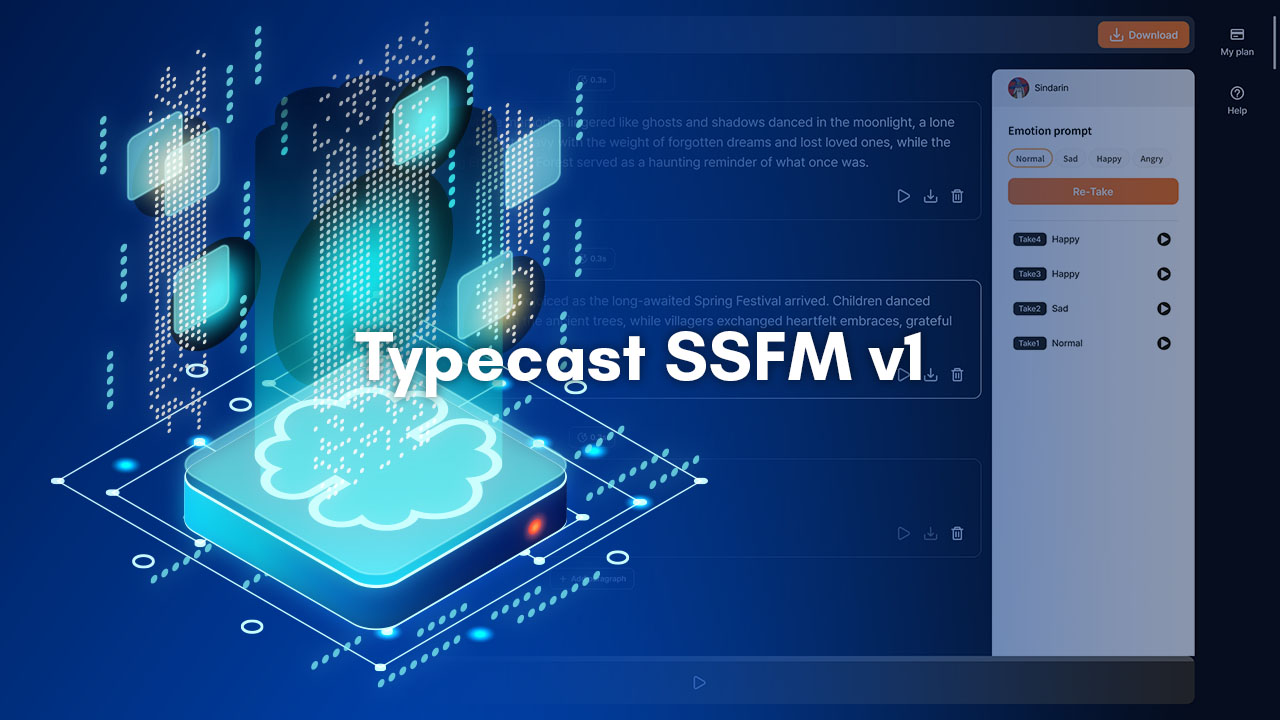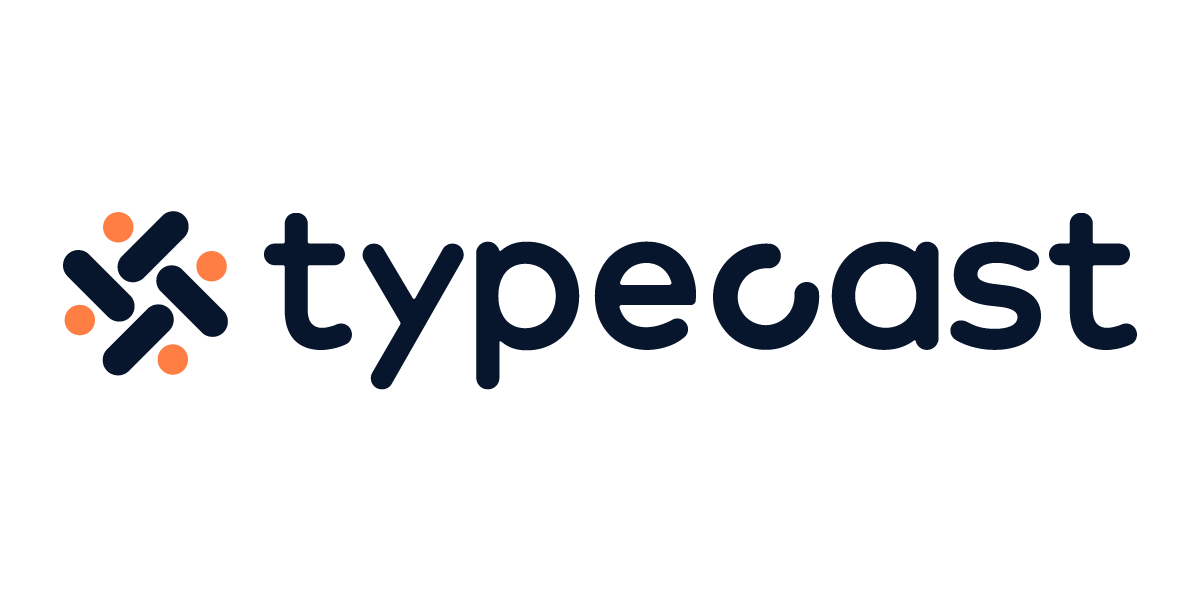With the rise of social media, ‘influencer’ culture emerged – where individuals post pictures and videos of a wide variety of interests on their social media channels. Today, AI technology has given rise to virtual influencers – non-human or animated influencers who sound and act like humans.
Human influencers often use social media posts to share a certain hobby they love, their interests, a skillset that they possess, or simply post about their everyday lives. Virtual influencers also operate on the same principle, except humans feed them the content they need to generate.
What is a virtual influencer?

A virtual or computer-generated image or a video that embodies a persona and acts like a human is a virtual influencer. Unlike human influencers, virtual influencers do not possess a body, rather they exist entirely online.
The purpose of virtual influencers is to communicate with their followers and influence their purchasing decisions. Marketing campaigns are essentially a big drive behind creating virtual influencers–- though the purpose of a virtual influencer is still pervasive and extends to other creative arenas as well, such as singing, dancing, and storytelling.
A decade ago, virtual humans did exist but merely as robotic beings or animated characters. However, with the advancement in AI technologies, virtual humans now look quite realistic, and can even mimic human expression, voice, and tone.
Some content creators – also called 2D VTubers – are also experimenting with 2D art. It involves creating two-dimensional flat art and then software is used to breathe life into the character.
What is a virtual influencer on Instagram
Similar to a human influencer, a virtual influencer on Instagram is someone who creates content on Instagram to influence their audience. Influencing can be in any form e.g. convincing followers to purchase a product, or influencing them to think, act, or dress up a certain way.
Virtual influencers on Instagram have a whole life online. They dine at virtual restaurants, live in virtual houses, and go about their everyday life engaged in virtual and sometimes real settings.
Miquela Sousa – a 19-year-old robot who lives in LA, was featured in TIME Magazine’s 25 Most Influential People on the Internet. She has also worked with brands such as Prada and Calvin Klein – featuring in endorsements for their streetwear collection. Currently, she has 2.8 million followers on Instagram!
Can AI virtual influencers replace human influencers?
Virtual influencers are not bound by time or place. They can produce more content compared to human influencers which can be an advantage for a brand’s marketing strategy where consistent content is needed to engage the customers.
Imma, another virtual influencer on Instagram is known for her pink hair — a human-looking fashionista. She has worked alongside brands such as Dior and Valentino.
While many companies are seeing huge advantages in working with virtual influencers, the resources in this space are still limited. For example, as virtual influencers have a specific persona, it may not be flexible enough to work for every brand.
Additionally, the element of trust can also be an issue. With human influencers, brands know the person they are dealing with is a real human being who has an established social media presence and following. However, with virtual humans, it’s challenging because you don’t know who is behind that virtual persona.
At this point in time, virtual influencers are slowly gaining popularity and the trend is only expected to grow in the future. However, the idea of virtual influencers replacing human influencers is still far-fetched. Yes, virtual influencers will become more prevalent with time and may even collaborate with human influencers but they won’t take over the human influencers anytime soon.
How to create a virtual influencer?
To create a virtual influencer, you need an AI voice generator such as Typecast. Voice generators allow you to choose a character, feed it script, and add emotions to it. In this section, we will go over steps on how to create a virtual influencer.
Many voice generators also provide options to choose different accents and languages to cater to an international audience.
AI voice generator allows you to add emphasis to words or phrases just like a human would. You can also include pauses and silences where needed in the speech. Depending on your preference for your avatar, you can choose a masculine, feminine, or neutral voice.
Here are the steps to create a virtual influencer on Typecast.
- Go to Typecast website and log into your account. If you don’t have one, click Sign Up.
- From the right-hand side, click See all characters.
- From the menu on the left, under the Visual Type category, check the Virtual Human box.
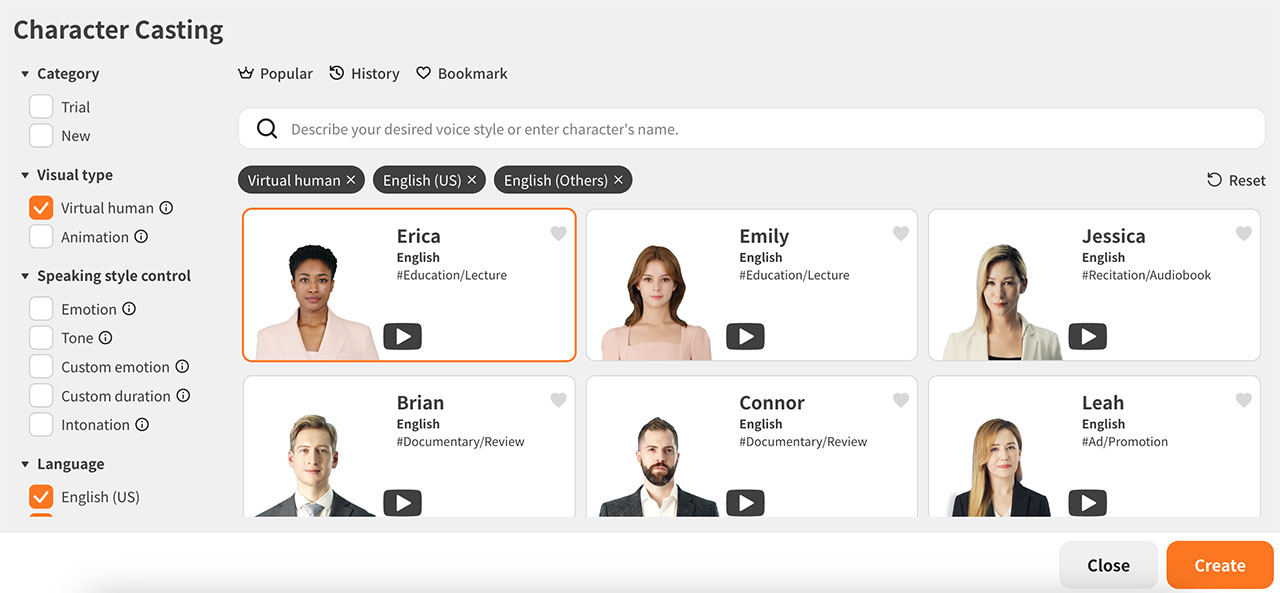
- Choose your character, for example, Erica. and click Create.
- In the dashboard, click Add Paragraph to add your script.
- Click the play button at the bottom to listen to the output.
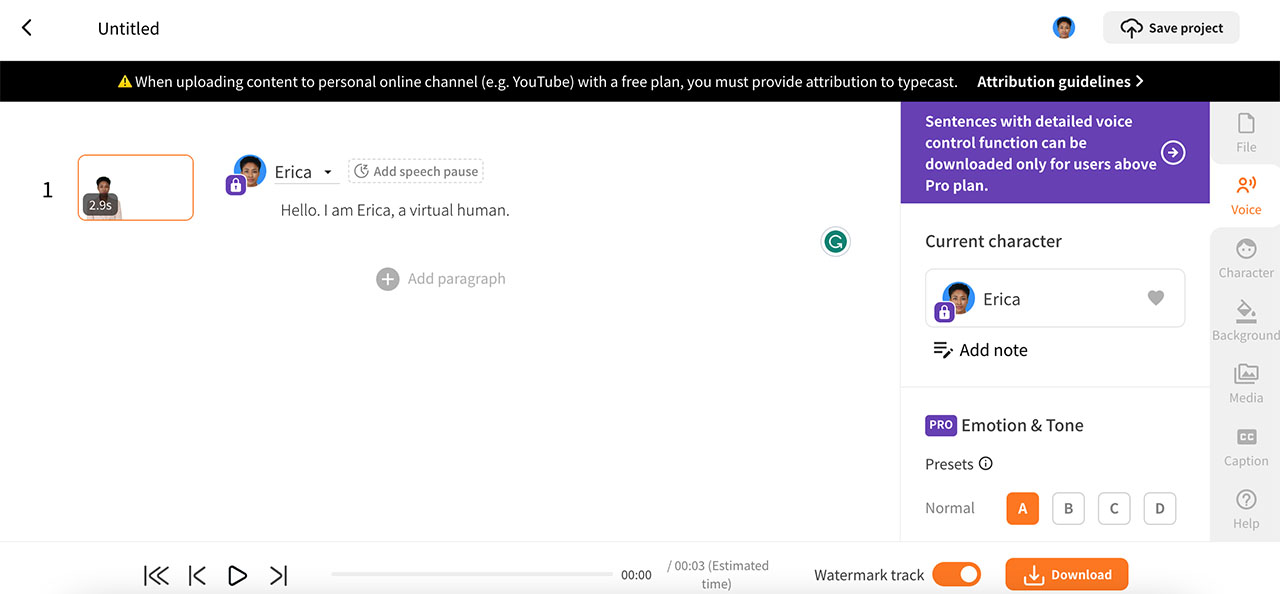
- From the menu on the right, you can adjust Emotions & Tone, Speech Pace, Intonation, Tempo, and Pitch.
- Once happy with your results, click Save Project at the top and Download your file.
Publish your newly created virtual human to your YouTube, Instagram, or Facebook accounts!
Text-to-speech for virtual influencing

Virtual influencers on Instagram publish stories, reels, and photos on their profiles. Depending on the type of influencer your avatar is, you may need to create content accordingly.
For example, if your virtual influencer talks and communicates with their followers, you will need to use text-to-speech software that converts written text into speech. Your will feed your script to the software and it will create an audio for your influencer.
Many text-to-speech software is available for use to create a variety of sounds including anime sounds, robot sounds, and more. Santa voice changer allows you to produce a Santa voice for your character and a robot voice changer can change your character’s voice to a robot’s.




